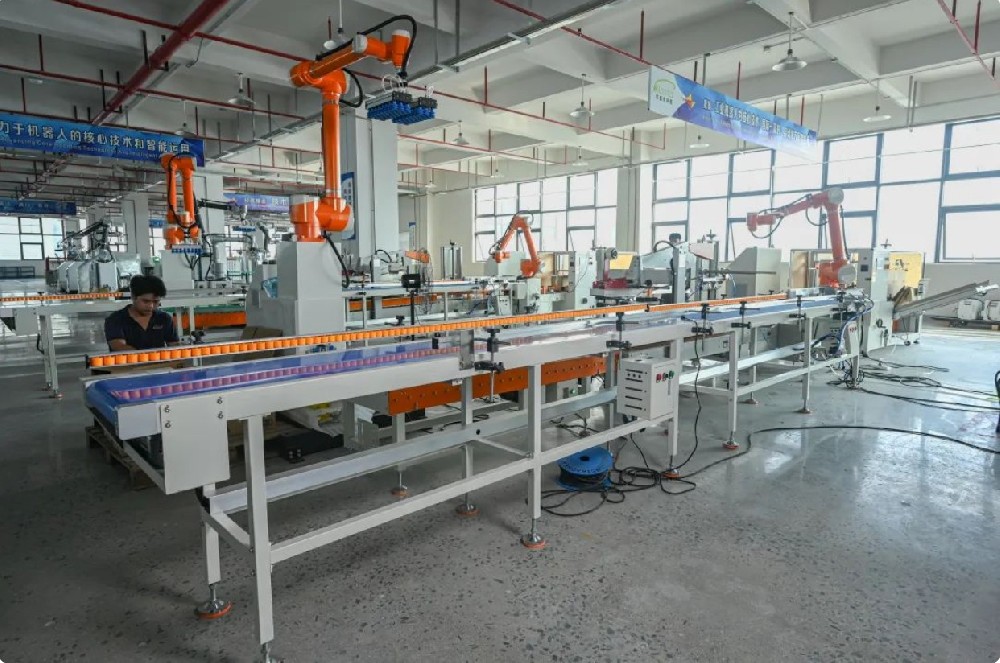In today's rapid development of manufacturing industry, changes in production methods are constantly impacting the traditional model. The once highly anticipated robot palletizing is now facing the situation where manual palletizing is regaining the favor of enterprises. Behind this change is a series of logic worth in-depth exploration.

With the advancement of technology, robot palletizing technology has been widely used in enterprise production in the past period of time. With its precise and efficient characteristics, robots can quickly complete the palletization task of goods, greatly improving production efficiency and reducing labor costs. In recent years, more and more companies have begun to re-examine manual palletization and regard it as an important option.
The primary reason why manual palletization regains favor is its flexibility. In a complex and changeable production environment, manual palletization can be quickly adjusted according to different product shapes, sizes and palletization requirements. In contrast, although robots have high accuracy, they often need to reprogram or adjust the equipment when facing diverse tasks, and have poor flexibility. For example, some companies produce a wide variety of products, and the product specifications of each batch may vary. Manual palletizers can quickly adapt to these changes through simple training, while robots require a lot of time and effort to debug.
Cost factor is also an important consideration for enterprises to re-choose manual palletization. Although robot palletizing can reduce labor costs during long-term operation, the early equipment procurement, installation and commissioning and later maintenance costs are relatively high. This is undoubtedly a considerable burden for some small-scale or relatively tight companies. Manual palletizing does not require a large amount of preliminary investment, but only pays workers' wages. Moreover, during the operation of manual palletization, the energy consumption is relatively low, further reducing the operating costs of the enterprise.
Manual palletizing also has unique advantages in quality control. During the palletization process, manual labor can better ensure the stability and neatness of the goods with experience and feel. Especially for some products that require high palletization quality, such as fragile products, precision instruments, etc., manual palletization can prevent the goods from being damaged during the palletization process through meticulous operations. Although robot palletization is accurate, it may not be as flexible as manual processing in some details, and it is prone to irregular arrangement of goods or uneven stress.
Employee management is also a factor in which enterprises attach importance to manual palletization. During manual palletization, collaboration and communication between workers can enhance team cohesion. By reasonably arranging manual palletization work, enterprises can provide employees with more development opportunities and improve their work satisfaction and loyalty. This will help create a good corporate culture and enhance the overall image of the company.
Of course, the regaining favor of manual palletization does not mean that robot palletization will be completely replaced. Robot palletization still plays an important role in some large-scale and standardized production enterprises. When choosing a palletizing method, enterprises need to comprehensively consider various factors such as their own production characteristics, product requirements, cost budgets, etc.
The regaining popularity of manual palletization is the result of a company's trade-off based on multiple factors. Its flexibility, cost advantages, quality control and employee management have made it a place in the choice of production methods in today's manufacturing industry. This change also reminds enterprises that in pursuing technological progress, we must fully consider the comprehensive benefits of various production factors in order to achieve sustainable development of enterprises.